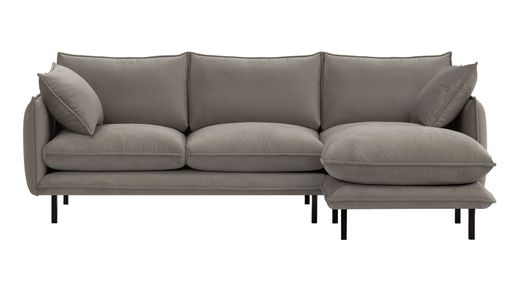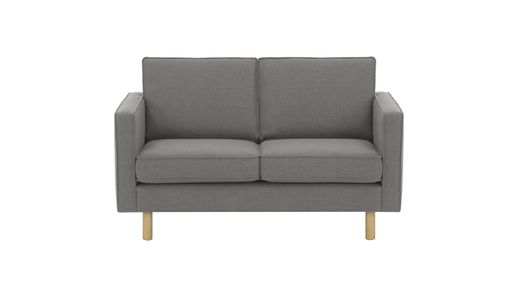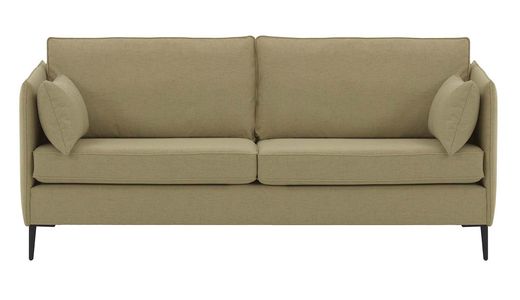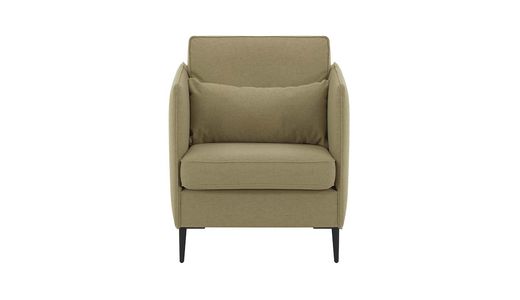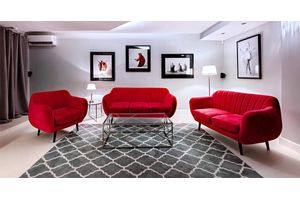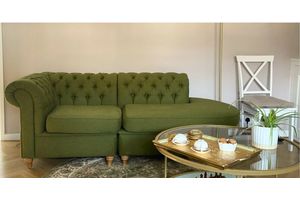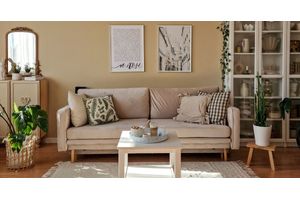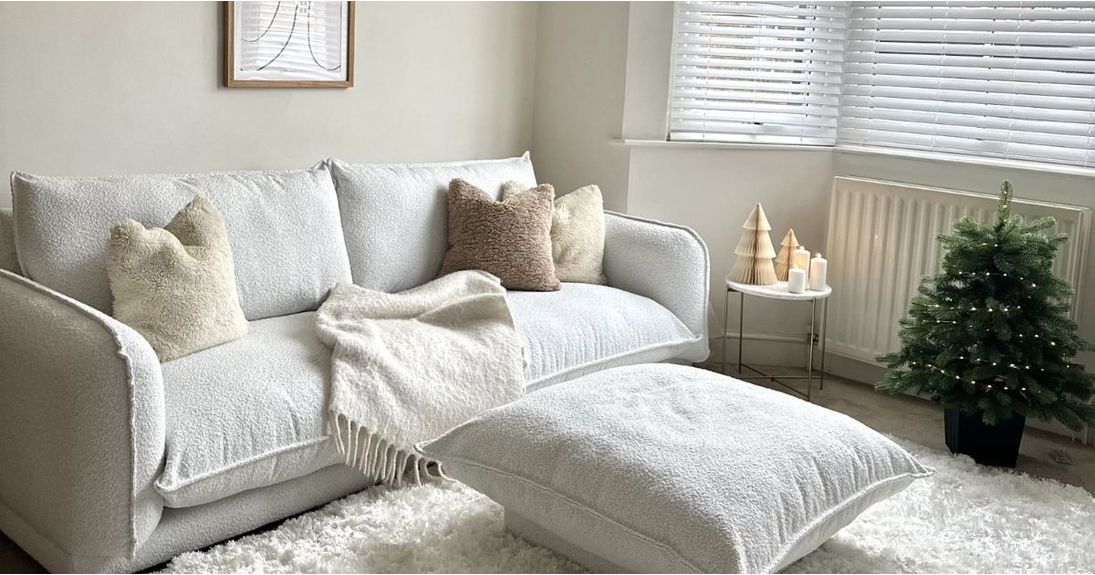
Art of Minimalism: Designing Spaces That Inspire Simplicity
In today's world, where we are overwhelmed by various visual stimuli, more and more people are seeking peace and harmony in a minimalist approach to interior design. The art of minimalism not only directs our focus to the essence but also inspires a life of simplicity. Minimalism in interior design goes beyond aesthetics; it is a philosophy that emphasizes essence over excess. Simplicity becomes a key element of contemporary design, offering a unique balance between functionality and elegance. In this article, we will examine how minimalism serves as a source of inspiration for designers and enthusiasts of modern design.
Minimalism in Everyday Life
Living daily life in a minimalist spirit means focusing on what is essential. Getting rid of unnecessary items and concentrating on those that bring joy is the key to a simple, meaningful life.
Philosophy of Minimalism
Minimalism in interior design has its roots in a philosophy that emphasizes simplicity, order, and reduced forms. It draws inspiration from Japanese design and the Bauhaus artistic movement. Key principles of minimalism include a limited number of elements, neutral color palettes, and a practical approach to functionality.
Minimalism as a Life Philosophy
Minimalism is not just a design approach; it is also a lifestyle. Focusing on essential values and eliminating unnecessary burdens can lead to a fuller and more satisfying life.
Minimalist Inspirations
Case studies of minimalist interior design projects can provide invaluable inspiration. Living spaces dominated by white tones with accents of natural materials, minimalist offices with ergonomic furniture, or public spaces with geometric shapes—all serve as sources of ideas for those looking to incorporate minimalist solutions into their surroundings.
Minimalism in Art
Minimalism finds its reflection not only in interior design but also in art. Works by minimalist artists like Donald Judd or Agnes Martin inspire the creation of spaces that are both functional and aesthetic.
The Process of Minimalist Design
Preparing a space for minimalism begins with the removal of unnecessary elements. Emptiness becomes as important as presence, and each element in a thoughtfully organized interior highlights the elegance of a minimalist approach. Choosing neutral colors and natural materials, such as wood or steel, further emphasizes the harmony of the design.
Minimalism and Ergonomics
In minimalist interior design, ergonomics play a crucial role. Furniture with simple forms and multifunctional solutions not only accentuates minimalism but also makes the space more functional.
Minimalism and Comfort
Minimalism does not mean a lack of warmth or comfort. On the contrary, minimalist spaces can exude calmness and provide ideal conditions for relaxation. Finding a balance between simplicity and coziness is key, achieved through careful selection of decor elements and the use of high-quality, comfortable furniture.
Minimalism in the Bedroom
When introducing minimalism into the bedroom, focus on quality bedding, simple furniture forms, and subtle color accents. This ensures a peaceful sleep and a unique atmosphere.

Minimalism with Character: Balancing Simplicity and Individuality
In today's fast-paced world, where the pace of life overwhelms us with an excess of stimuli, minimalism becomes an oasis of peace and simplicity. However, there is a subtle balance between achieving minimalist design and preserving unique individuality. In this section of the article, we will explore how to find the right balance, ensuring that minimalist interiors are both aesthetic and personal.
Minimalism and Emptiness: The Subtle Boundary
One of the challenges of minimalist design is avoiding the trap of emptiness. Minimalism does not mean stripping a space of everything that creates a sense of connection. On the contrary, minimalist interiors should radiate tranquility rather than coldness.
Personal Touches in Minimalism
Minimalism does not require giving up personal touches. On the contrary, skillfully incorporating individual elements can give the interior a unique character. Consider the possibility of adding small elements to a minimalist space, such as favorite artworks, souvenirs from travels, or personal photographs. In this article, we will explore how these subtle accents can give depth and individual expression to the interior.
Functional Minimalism
Minimalism should not limit the functionality of a space. Guidelines for designing functional yet minimalist interiors will be a crucial element of this section. We will focus on how to choose furniture and accessories that are not only aesthetic but also meet the specific needs of the residents.
Recognizing Needs
Before choosing furniture and accessories, it is essential to accurately recognize the needs of the residents. Whether it is a space for remote work, a relaxation corner, or a place for family gatherings, defining the function of the room will facilitate the selection of suitable elements.
Multifunctional Furniture
In minimalism, furniture with simple forms is appreciated, yet it can serve multiple functions. When selecting a sofa or coffee table, consider whether they have additional storage or if they can be expanded to create extra sleeping space. Multifunctional furniture fits perfectly into the concept of minimalist functionality.
Storage Space
Minimalist spaces require effective storage solutions, especially if you want to avoid excessive emptiness. Furniture with hidden compartments, cabinets with organizational systems, or shelves that are not only decorative but also help maintain order are excellent choices.
Ergonomics and Comfort
Aesthetics should not exclude comfort. When choosing furniture, pay attention to its ergonomic features and usability. Sofas with the right seat depth or chairs tailored to the table are elements that combine functionality with aesthetics.

Adaptation to Space
Minimalism also involves precise adaptation of furniture to the available space. Avoid an excess of elements - choose furniture proportional to the room's size. This way, you will maintain the lightness of minimalist design.
Functional Accessories
Accessories not only adorn but can also serve specific functions. Nightstands with built-in lamps or decorative boxes that double as storage are examples of how accessories can be both aesthetic and practical.
Materials Suitable for Lifestyle
When selecting furniture, consider the materials. If there are children or pets in the house, opt for fabrics that are easy to clean and resistant to damage. Minimalism does not exclude material diversity, but it's essential to choose options that suit the residents' lifestyle.
Longevity and Quality
Minimalism is also an investment in durability. Choose furniture made from high-quality materials that will remain in excellent condition for many years. This is not only a cost-saving measure but also an environmentally conscious choice. Check out the following suggestions for minimalist-style sofas:
Minimalist interiors do not have to lack functionality. On the contrary, it's an excellent opportunity to create a space that not only captivates with aesthetics but also perfectly meets the daily needs of the residents. Remember the balance between simplicity and functionality—it's the key to harmony in a minimalist interior. The insights derived from the philosophy of minimalism in interior design are extensive and diverse. By embracing simplicity, we do not forgo elegance or comfort. On the contrary, skillful application of minimalist principles can bring not only aesthetic benefits but also improve the quality of our lives. Reading this article, you will discover how minimalist spaces can be inspiring and how easy it is to introduce them into your surroundings, creating a place conducive to tranquility and creativity.
Finding harmony between minimalism and individuality is a unique challenge but also a fascinating journey of interior design. By reading this article, you will learn how to compose a minimalist space that not only captivates with its simplicity but also reflects your unique personality. Minimalism with character is not just aesthetics; it is a way of life that allows us to focus on what truly matters while adding depth and personal expression to our space.
